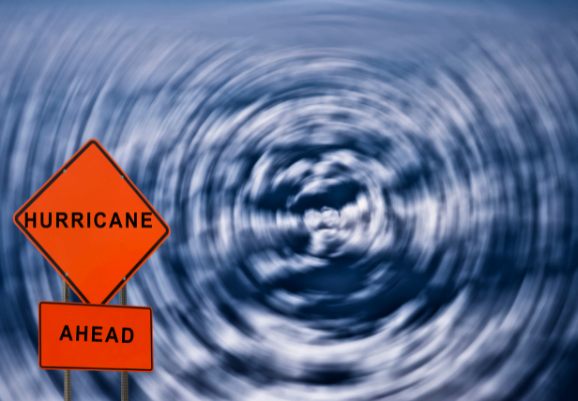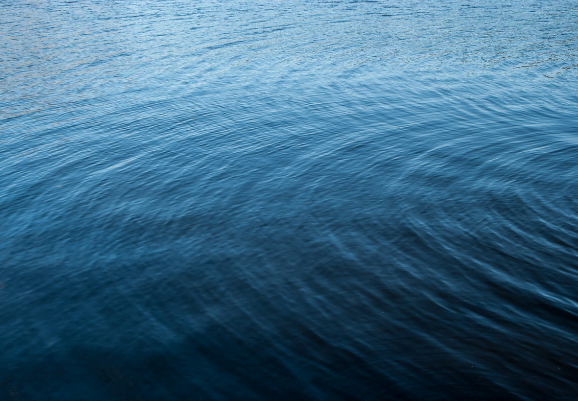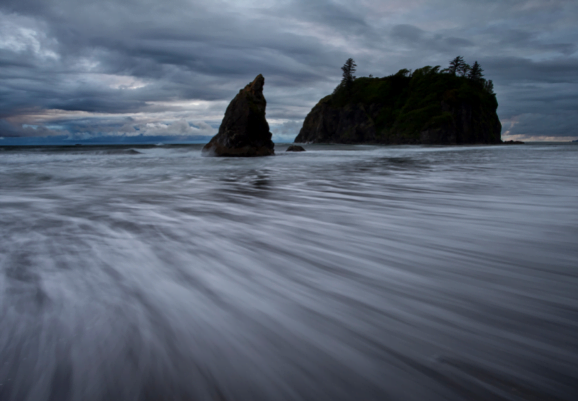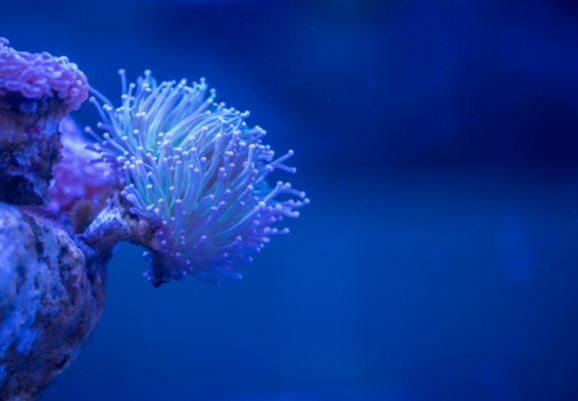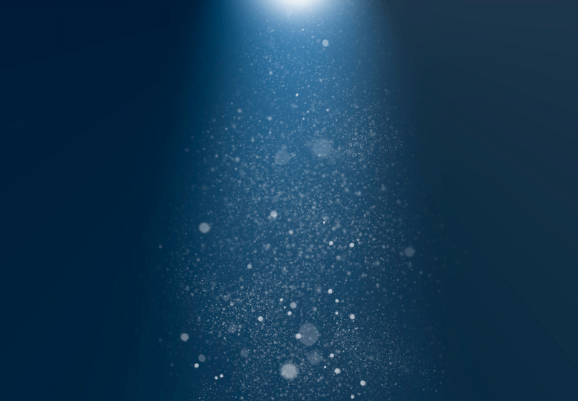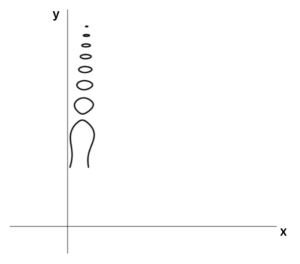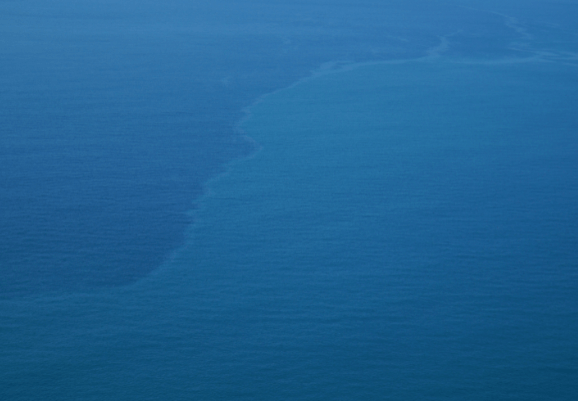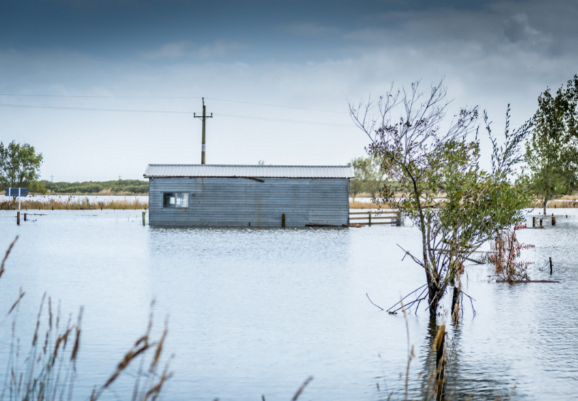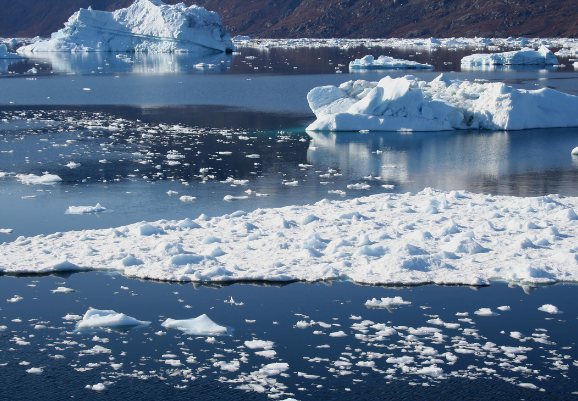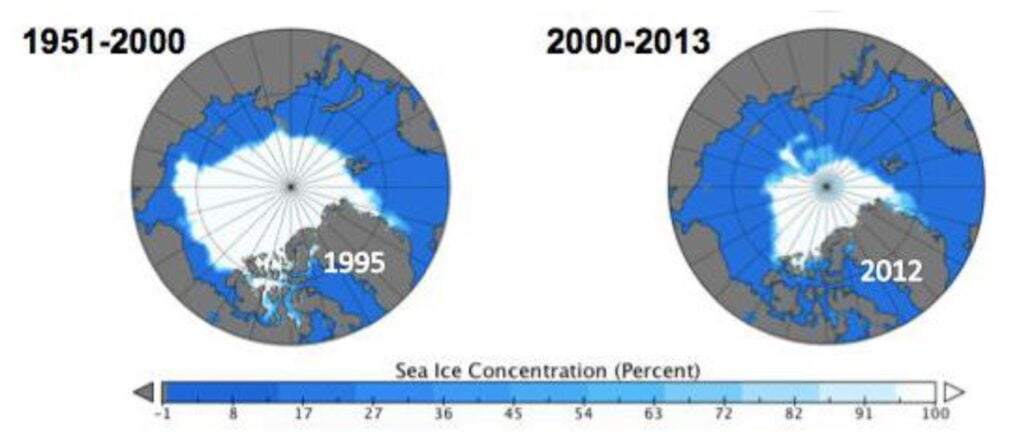The movement of a hurricane is modelled by vector h.
It is moving at a speed of 20 kph, with the direction of 165˚ above the equator, when portrayed on a flat map of the Earth.
a) Write h in component form.
[2 marks]
The hurricane makes landfall. Its movement is now modelled by vector l, \(\left( \frac{15\sqrt{3}}{2}\mathbf{\text{i}},\mathbf{\ }\frac{15}{2}\mathbf{j} \right)\).
b) Find the amount by which the hurricanes speed has decreased and state the hurricanes new direction.
[3 marks]
